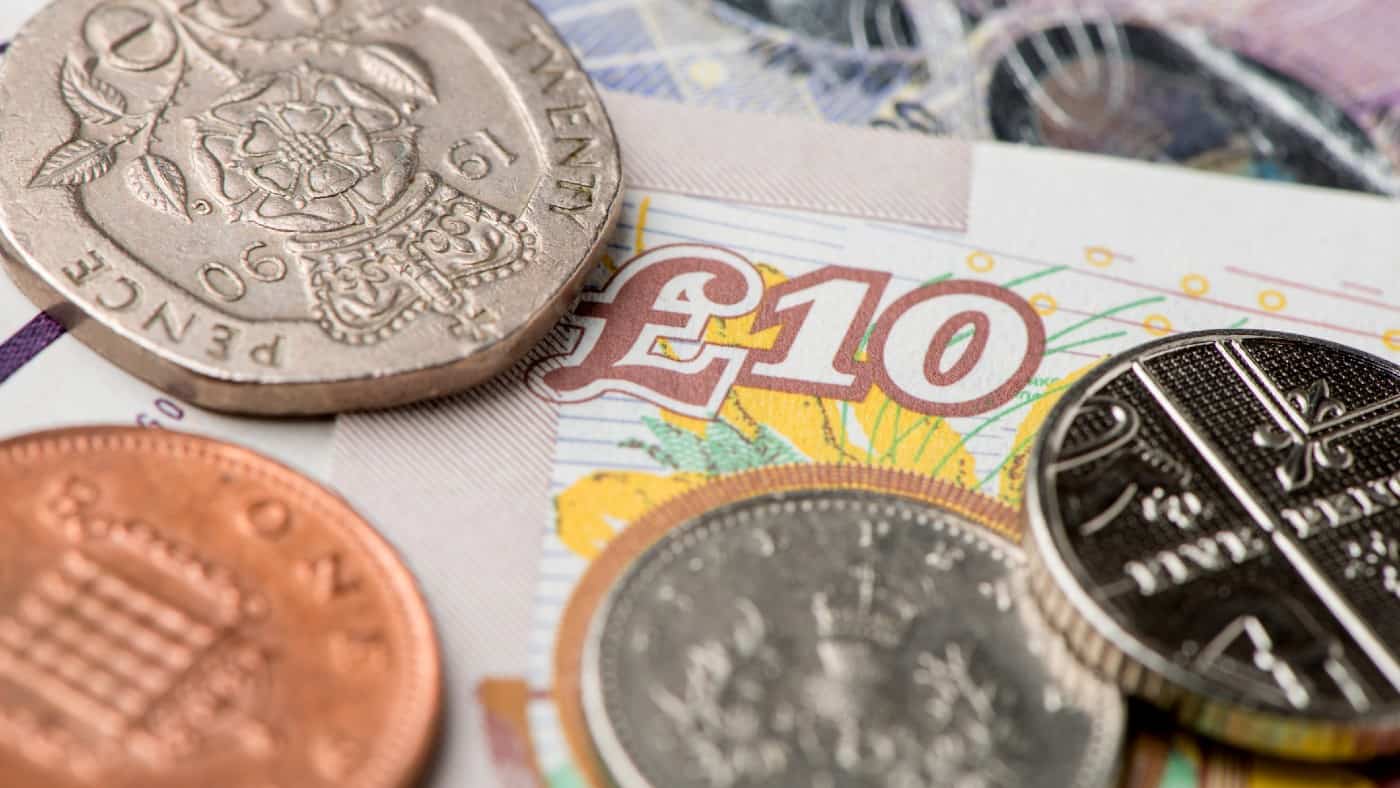Since hitting a multi-year high of around 606p at the beginning of June, the Royal Mail (LSE: RMG) share price has been sliding. It’s currently changing hands at 490p, a decline of nearly 20%. However, over the past 12 months, the stock’s up 105%.
Its recent performance might have surprised some investors, considering the company’s progress over the past year. The question is, could the shares fall further, and is Royal Mail a value trap?
Value trap
Technically, any company can be considered to be a value trap if its ability to earn money has been permanently impaired. A great example of this is the newspaper industry.
Should you invest £1,000 in Begbies Traynor Group Plc right now?
When investing expert Mark Rogers has a stock tip, it can pay to listen. After all, the flagship Motley Fool Share Advisor newsletter he has run for nearly a decade has provided thousands of paying members with top stock recommendations from the UK and US markets. And right now, Mark thinks there are 6 standout stocks that investors should consider buying. Want to see if Begbies Traynor Group Plc made the list?
Newspaper sales have been in decline for decades, and it’s unlikely they’ll come back. Therefore, companies that have too much exposure to the printed news industry may be value traps.
It’s clear that the Royal Mail share price doesn’t suffer from the same headwind. Over the past year, the demand for the company’s services has only increased.
What’s more, as the e-commerce sector continues to expand, it doesn’t seem unreasonable to suggest that the group’s sales will continue to grow as parcel deliveries around the country rise.
This suggests the stock isn’t a value trap. But why has the Royal Mail share price fallen by 20% over the past few months if that’s the case?
Royal Mail share price performance
I think there are a couple of reasons why the stock has performed in the way it has.
Firstly, it’s unclear if the company will be able to repeat last year’s windfall growth in 2021. Then, there’s the extra capital spending management’s planning this year to increase the group’s efficiency. This will have an impact on profit margins and the firm’s bottom line.
Based on all of the above, I think the Royal Mail share price is taking a breather. After the stock increased in value by more than 100% in the space of just 12 months, it seems as if investors are waiting to see what will happen next.
But that doesn’t mean the enterprise is a value trap. It could just be a while before its fundamentals catch up to the share price.
Investment opportunity
As such, I think the company’s an attractive investment opportunity at current levels. Last year provided the group with a windfall, which management is now using to streamline operations and prepare it for growth in the years ahead.
And considering the company’s potential, I’m more than happy to put up with a few months of underperformance in exchange for years of growth.
City analysts also reckon Royal Mail’s dividend yield will hit around 4% in the next year. This implies investors will be paid to wait for the group’s recovery.
Still, the company’s growth isn’t guaranteed. Challenges such as rising wages and higher costs overall could impact profit margins and slow growth.
Royal Mail is also facing competition from smaller, more nimble competitors. These are the risks I’ll be keeping an eye on as we advance.








